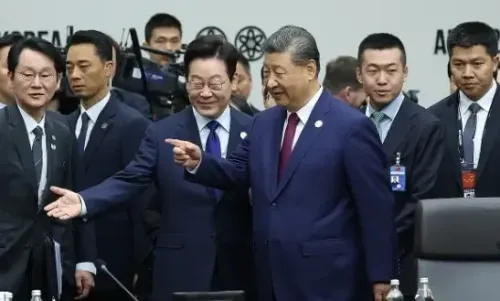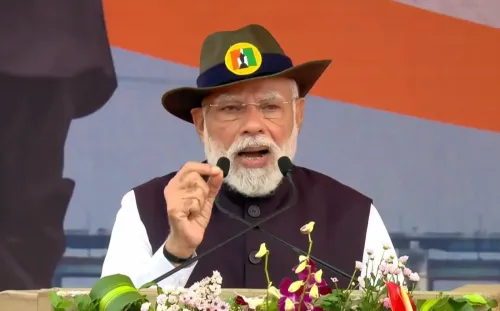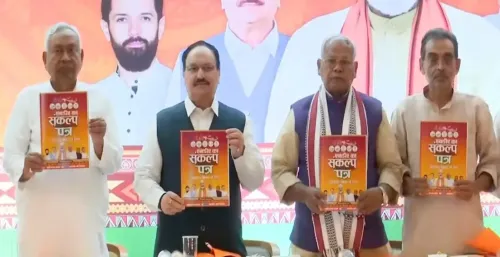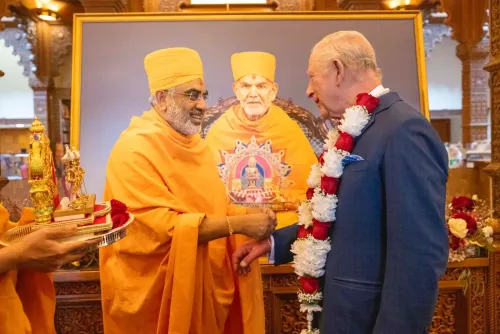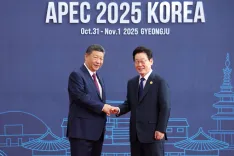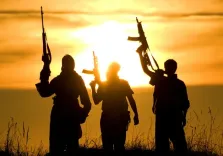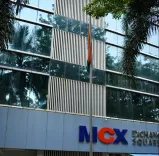Is Priyanka Gandhi Right to Slam UP Govt’s School Merger Plan?
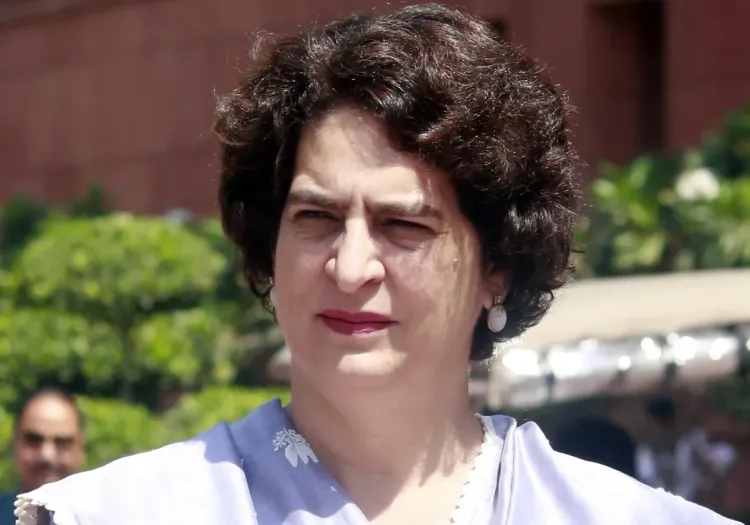
Synopsis
Key Takeaways
- School mergers could impact marginalized communities.
- Right to Education is at risk with current policies.
- Concerns about increased dropout rates are prevalent.
- Government aims for resource optimization through consolidation.
- Opposition demands transparency in the decision-making process.
Lucknow, 14 July (NationPress) Senior Congress leader and Member of Parliament from Wayanad (Kerala), Priyanka Gandhi, has strongly condemned the Uttar Pradesh government’s initiative to merge thousands of government schools, asserting that it constitutes a direct attack on the Right to Education and severely impacts marginalised groups.
In a statement on her official X account, Priyanka Gandhi claimed that the Yogi Adityanath-led government is planning to close down nearly 5,000 schools under the pretext of rationalisation, while teacher organizations caution that the real figure could soar to 27,000.
According to state officials, this move is part of a larger strategy to consolidate schools with low student populations—particularly those with fewer than 50 students—and merge them with nearby institutions to enhance resource efficiency and upgrade infrastructure.
However, critics assert that such consolidation will disproportionately impact children from Dalit, tribal, backward, and minority communities, many of whom depend on local schools to access basic education.
Priyanka Gandhi referenced the legacy of the UPA government's Right to Education Act, which mandated the establishment of schools within close proximity to every village, ensuring that children from economically disadvantaged backgrounds could attend school without logistical challenges.
She raised concerns about how young children, particularly girls, would be expected to travel several kilometers to access distant schools, warning that such a shift could escalate dropout rates and educational exclusion.
“This decision is not merely administrative—it’s ideological,” Priyanka Gandhi stated.
“It undermines the constitutional promise of education for all and threatens to expel thousands of children from classrooms.”
The Uttar Pradesh government has defended its plan, claiming it aims to tackle teacher shortages, underutilised facilities, and declining enrolment figures.
Education officials have instructed district administrators to present merger proposals by mid-November, taking into account transportation and geographical hurdles.
Meanwhile, opposition parties and civil society organizations have begun rallying against this initiative, demanding transparency and a thorough evaluation of its long-term consequences.
This controversy has ignited a broader discussion regarding educational equity, rural accessibility, and the significance of public schooling in fostering social upliftment.

